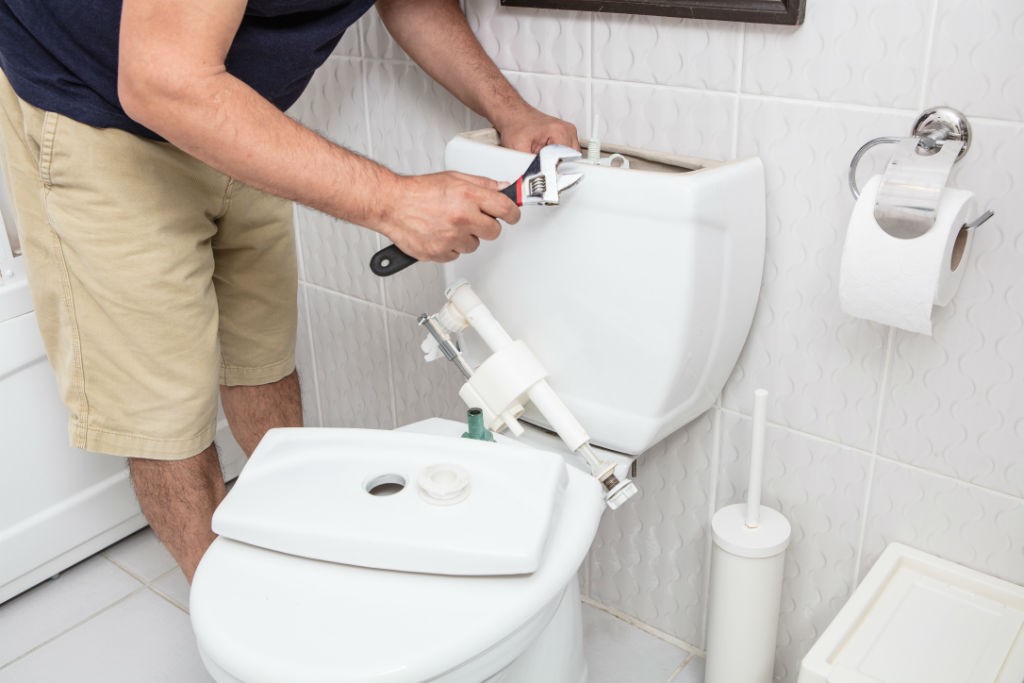Silent leaks in the bathroom can be a homeowner’s unnoticed nightmare. These leaks, almost ghostly in nature, can cause extensive damage before they are even detected. Understanding how these leaks occur and how to prevent them is vital for maintaining the integrity of your home. In this article, we delve into the nuances of a bathroom silent leak, ensuring you have the knowledge to protect your space.

What is a Bathroom Silent Leak?
A bathroom silent leak is a water leak that occurs without any immediate signs or sounds. Unlike a dripping faucet or a running toilet, these leaks can be stealthy, often hidden behind walls or under floors. They can originate from various sources such as pipes, fixtures, or connections, and if left unchecked, they can lead to significant water damage and mold growth.
Common Causes of Silent Leaks
Poor Plumbing Connections
One of the primary causes of silent leaks is poor plumbing connections. Over time, the joints and seals in your plumbing system can weaken, allowing water to seep through. Ensuring all connections are tight and intact can help prevent leaks.
Faulty Fixtures
Bathroom fixtures that are not properly installed or maintained can also contribute to silent leaks. Regular inspection and maintenance of taps, showerheads, and toilets can mitigate this risk.
Wear and Tear
As your home ages, so does its plumbing. Materials can degrade, and pipes can corrode, leading to potential leaks. Regular inspections can help identify and address these issues before they become problematic.
Identifying Silent Leaks
Increased Water Bills
An unexplained spike in your water bill is often the first sign of a bathroom silent leak. If your water usage hasn’t changed, yet your bill has increased, it’s time to investigate further.
Water Stains and Discoloration
Look for water stains on ceilings, walls, and floors. These can be indicators of a hidden leak. Discoloration or peeling paint can also suggest moisture problems.
Mold and Mildew
Mold and mildew thrive in damp environments. If you notice a musty smell or see mold growth, especially around your bathroom, a silent leak might be the cause.
Preventing Silent Leaks
Regular Inspections
Conduct regular inspections of your bathroom plumbing. Look for signs of wear and tear, and ensure all fixtures are functioning properly. Hiring a professional plumber for an annual inspection can also help catch potential issues early.
Upgrading Old Fixtures
If your bathroom fixtures are outdated, consider upgrading them. Modern fixtures are designed to be more water-efficient and less prone to leaks.
Using Quality Materials
When repairing or upgrading your bathroom, always use high-quality materials. This includes pipes, seals, and fixtures, as they are less likely to fail and cause leaks.
Impact of Silent Leaks
Structural Damage
Over time, a bathroom silent leak can cause significant structural damage to your home. Water can weaken the foundation, cause wood to rot, and lead to costly repairs.
Health Risks
The presence of mold and mildew due to a silent leak can pose health risks, especially for individuals with allergies or respiratory issues. It is crucial to address leaks promptly to maintain a healthy living environment.
When to Call a Professional
If you suspect a silent leak but cannot locate it, it’s time to call in a professional. Plumbers have the tools and expertise to detect and fix hidden leaks effectively. Don’t wait until the damage is extensive; early intervention can save you money and stress.
Conclusion
A bathroom silent leak can be a sneaky adversary, causing damage without any warning signs. By understanding the causes and symptoms, homeowners can take proactive steps to prevent leaks from occurring. Regular inspections, quality materials, and timely professional help are key to maintaining a leak-free bathroom.

FAQs
How can I detect a silent leak in my bathroom?
Look for signs such as increased water bills, water stains, or a musty odor. Conduct regular inspections and consider hiring a professional for a thorough check.
What are the risks of ignoring a silent leak?
Ignoring a silent leak can lead to structural damage, increased water bills, and health risks due to mold growth.
Can I fix a bathroom silent leak myself?
Simple fixes such as tightening connections or replacing fixtures can be done by homeowners. However, for complex issues, it’s best to hire a professional plumber.
For more insights on bathroom leaks, visit Angi’s article on hidden water leaks.
This article contains affiliate links. We may earn a commission at no extra cost to you.



